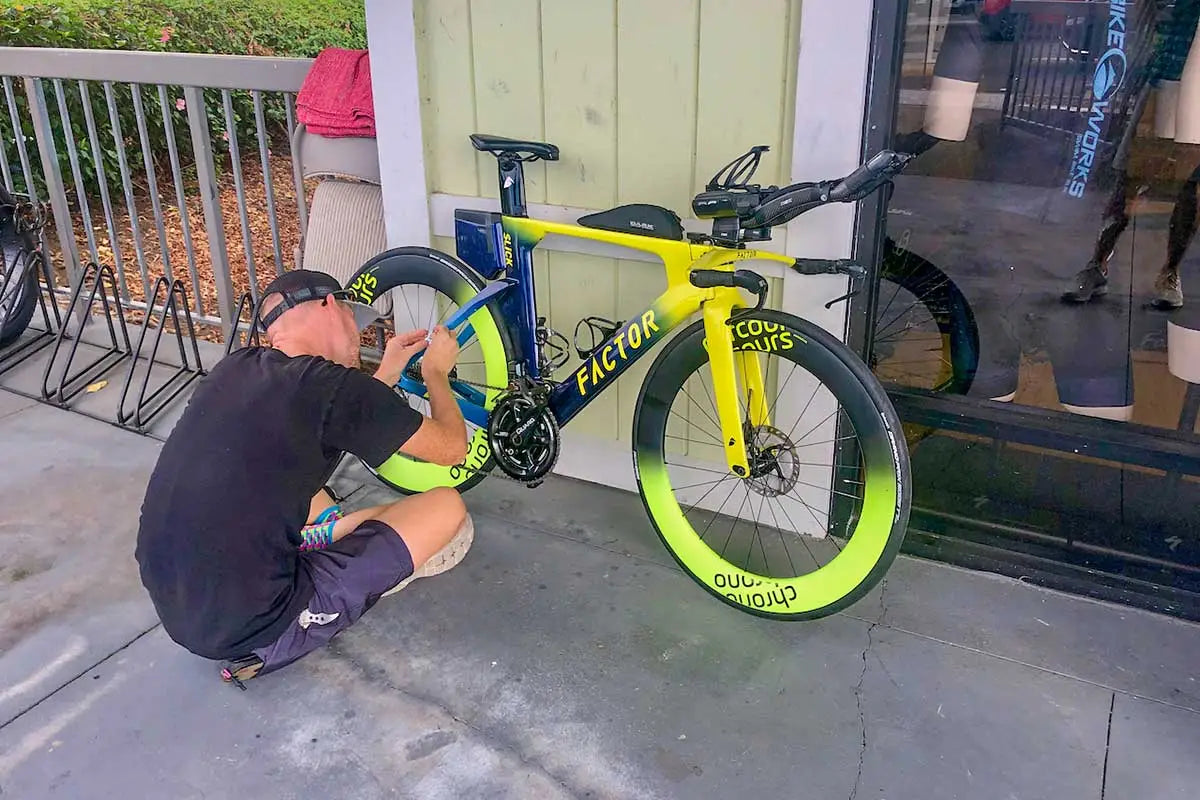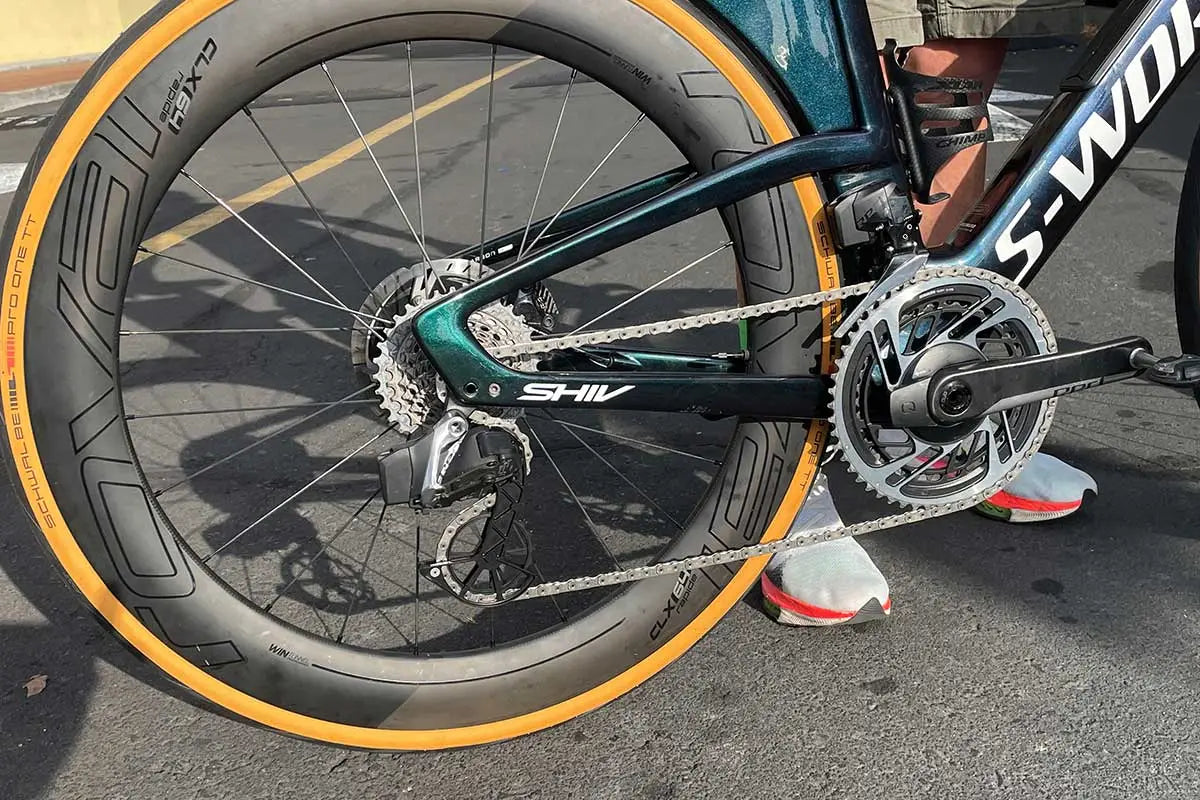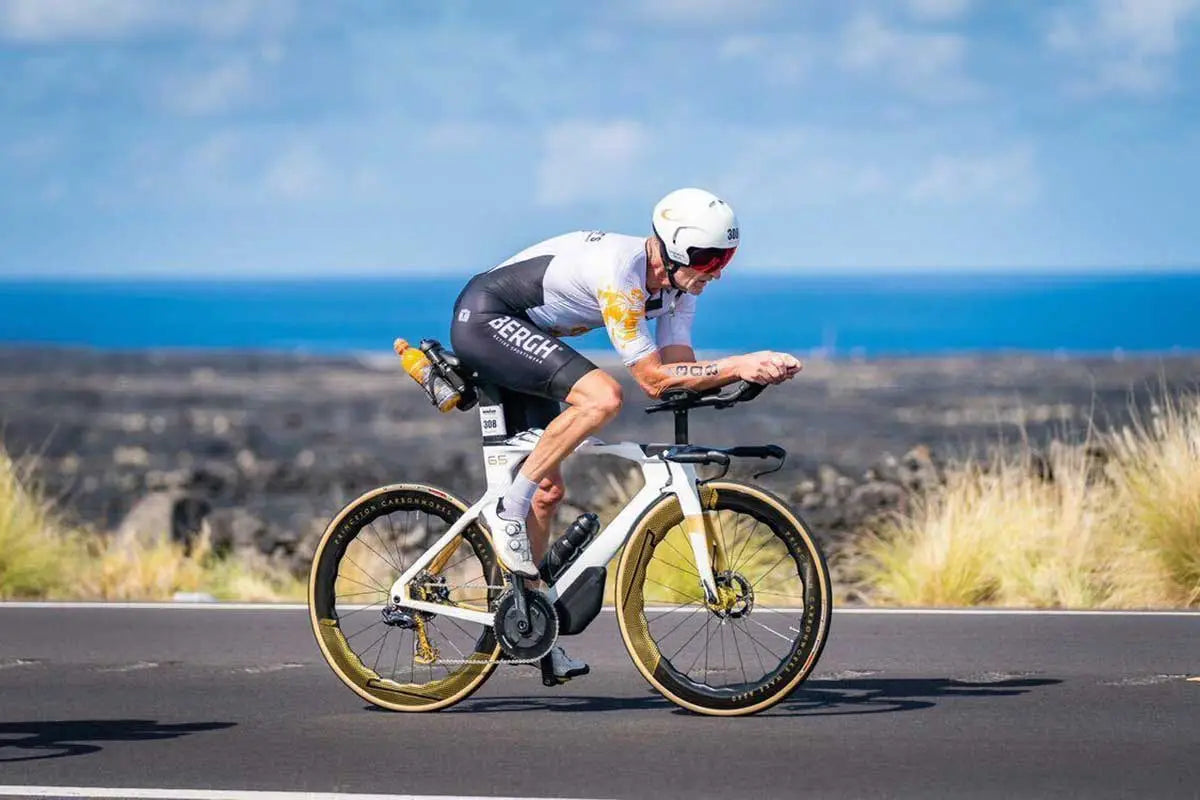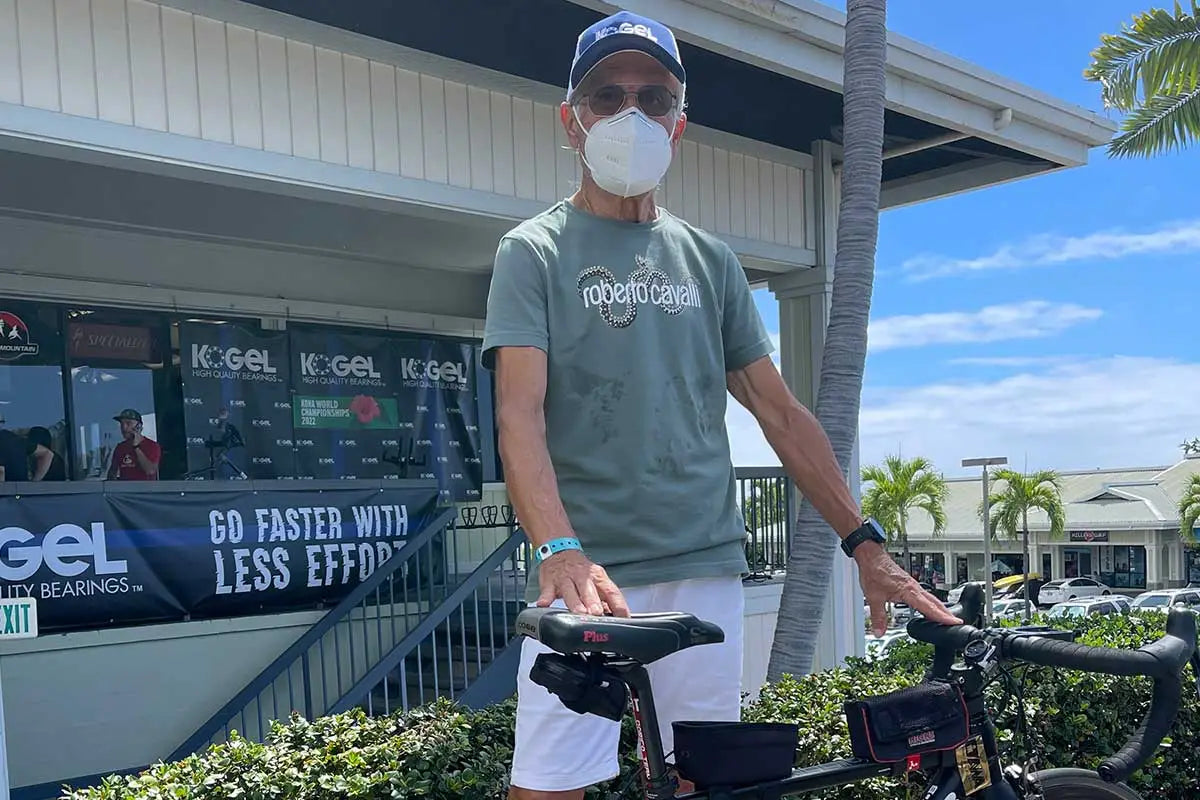
Flying home from an amazing week spent preparing racers and meeting hundreds of athletes at the Ironman World Championships, I thought it would be interesting to share things I noticed that struck me as odd or exceptional.
As a lifetime mountain biker and longtime road cyclist, I may have smirked a time or two at triathletes for wearing sleeveless jerseys with removable sleeves, huge helmets that make you look like a human mushroom or not having the skills to blast through a downhill turn, hitting the apex with the fluidity of a professional crit racer.
Please appreciate that similar comments come from roadies that only know how to stick their hand up when they get a flat in a race and wait for someone to come fix their problem and from mountain bikers that confuse plaid shirts for athletic gear and IPA’s for recovery drinks.
It’s all good, we’re all different in our own unique way so let me start this article off by saying that if you managed to qualify for Kona, or even finished an Ironman event anywhere else, I now worship the ground you race on. You’re a certified badass for showing up at an event that is designed to be impossible to finish for the average human being.
With all that said: Let’s go! Here is what I learned:
Getting your bike TSA’d is real
Imagine training for years and not being able to line up at the start line because your bike became unrideable somewhere between dropping it off at the check-in counter and picking it up at baggage claim. No one wants that. No one.
As we were set up outside of a bike shop, we saw at least a few dozen bikes that were broken in transport. I personally spotted a broken base bar, multiple chain stays completely cracked in two, broken proprietary derailleur hangers and damaged carbon wheels. While a wheel is easy to replace with your visa card, a broken derailleur hanger or frame are reasons to end your race before it even started.
While the Transportation Security Administration is greatly appreciated for keeping us safe in the air, their agents seem to have very low care levels for your $10,000 racing machine. Bike cases can be complicated, big and clumsy. I do not fully blame the agents for not getting your bike and gear to fit in the bike box and close it successfully.
If it took you more than 30min to finally close the latches, imagine how only having five minutes to repeat the process by a TSA agent might not go so well.
Here are a few things to increase your chances of receiving your bike in working condition once you land in Hawaii:
- Do not overpack - It is very tempting to fill up every open cavity in your case with clothing, nutrition, wetsuits and whatever else you need to pack to travel to the race. However, your case is not designed for this. Pack the bike in foam before it goes in the case, put the through axles back in place with a cardboard tube in between the fork and rear triangle to add a bit of stability. Put everything else in a suitcase and check it in separately. The additional luggage charge is worth it!
- Offer instructions - My favorite travel case is great, but if you put it together without hooking up all the buckles in the correct place, it turns into a squishy mess. My solution was to take a silver sharpie and write instructions on the outside of the case. Make it funny if you want, it might increase your chances of anyone reading it.
“Hey TSA friends, this bike case is harder to figure out than a Rubix cube, but you and I can do it together. Start here…. Then go here… (use numbers, arrows and drawings).
- Ship it - It seems the best feedback we heard was simply to ship your bike with a reputable bike shipping service. Of course, the fuss factor is not having your bike 2-3 weeks leading up to the race and that’s still better than getting to the race with a bike that no-worky.

Learn some basic bike maintenance skills
Bikes are complicated and many repair jobs are best left to professional mechanics. The most common things are easy to fix though. We witnessed hundreds of triathletes waiting in long bike-shop lines for simple repairs such as replacing tires and tubes, and adjusting brakes and derailleurs.
Pro tip: switch to a tubeless setup and skip the flats
Also, make sure to include fixing flat tires in your training program, learn how to adjust a loose headset, educate yourself about tire pressure to the point where you feel confident making adjustments for hot weather or leaving your bike outside overnight.
This might sound as a shocker, but you can learn how to adjust your own shifting to perfection. With the rise of electronic shifting, things have become a lot easier. You just have to understand three screws, know where the button is to switch your system to adjustment mode and follow some basic steps. The theory is easy to learn and the skill comes with practice. Invite a mechanic friend over for dinner one night or join Youtube University, you can learn a lot from watching videos nowadays. Keep a log of all settings in your training log and you will never have to stress about saddle height or tire pressure again.
Imagine you’re in the middle of the lava fields and your derailleurs start grinding gears mid race. Now imagine instead of having to worry about it for the next four hours, you push the adjustment button, correct your shifting adjustments and everything goes back to normal. Baller status unlocked! Bonus points if you manage to do this while riding.

I don’t want to change anything before the race
While standing outside the shop, we met with two types of people: Team “I will do anything to go faster on race day” and team “I don’t want to change anything before the race”.
It was very interesting to talk to both camps and here is my personal opinion: Depending on the performance gadgets you are looking at, consider if they are race proven. Not by yourself, but by the most experienced people in the field.
Oversized derailleur cages are a good example: Some people say they work, some people say they don’t. The entire top 5 finishers in the women’s race used them. If oversized cages had a high fail rate and no measurable benefits, the fastest athletes on the planet would probably not bother to install them. Truth.
You have come all this way, the celebration at Kona is a moment to treat yourself. I personally know that the placebo effect of getting something new and exciting is real in endurance racing. This is time to ask yourself: “Did I come to Kona for a safe race or for my best possible race?” You can take advantage of upgrades and do both, but you can’t do that playing it safe. More truth.

Where are the teams?
I frequently travel to mountain bike world cups and I’m always impressed by how professionally the mountain bike racers are taken care of: personal mechanics, soigneurs, chefs and team managers that organize and make sure nobody bothers the athletes when they are preparing for their moment. This set up allows athletes to focus on one thing and one thing only: being their personal best on race day.
This level of presence at Kona seemed amiss. I did not see huge Specialized and Trek trucks and most athletes seem to operate individually. It seems highly inefficient for the top athletes, since they need to pay for all the above jobs individually or use combined mechanic/chefs and massage/management experts. Setting up a factory team that does all this for a group of athletes seems the next step of professionalism and something this industry needs.
As I type this, I realize that if the top athletes are not taken care of, the age groupers competing are paying their own way and relying on the friends and family network to make sure they are showing up in their best shape on race day. I respect and appreciate the level of commitment of these athletes and their entourage!

When can we come back?
Standing outside in a parking lot, getting sun blasted for a full week was amazing, I loved connecting to so many people from all across the globe. Special shoutout to Fouad, the 76-year old age group racer, who I set up with a mix of Ceramicspeed pulleys and Kogel bottom bracket after USPS lost his overnight special order.

To Jessica Van Beek who showed up with a bent derailleur and upgraded to a Kolossos just two hours for bike check-in and to Laura Siddall who took time for an interview in the blazing sun before racing her Parcours wheels and Kogel drivetrain to a top-10 finish.
Expect to see a larger presence of our brand in 2023!
Best,
Ard

